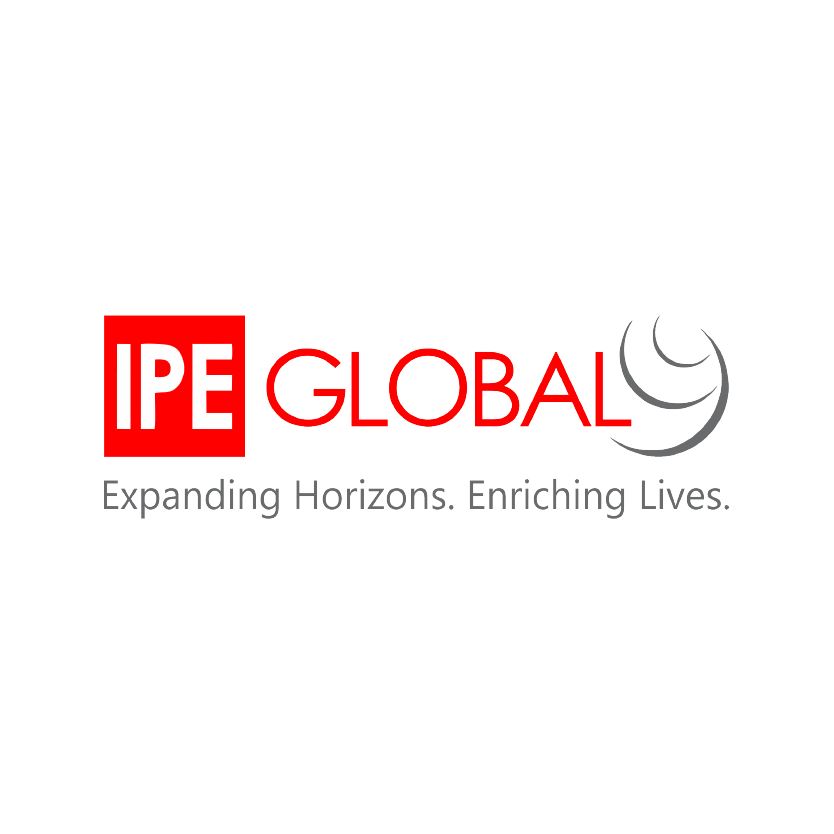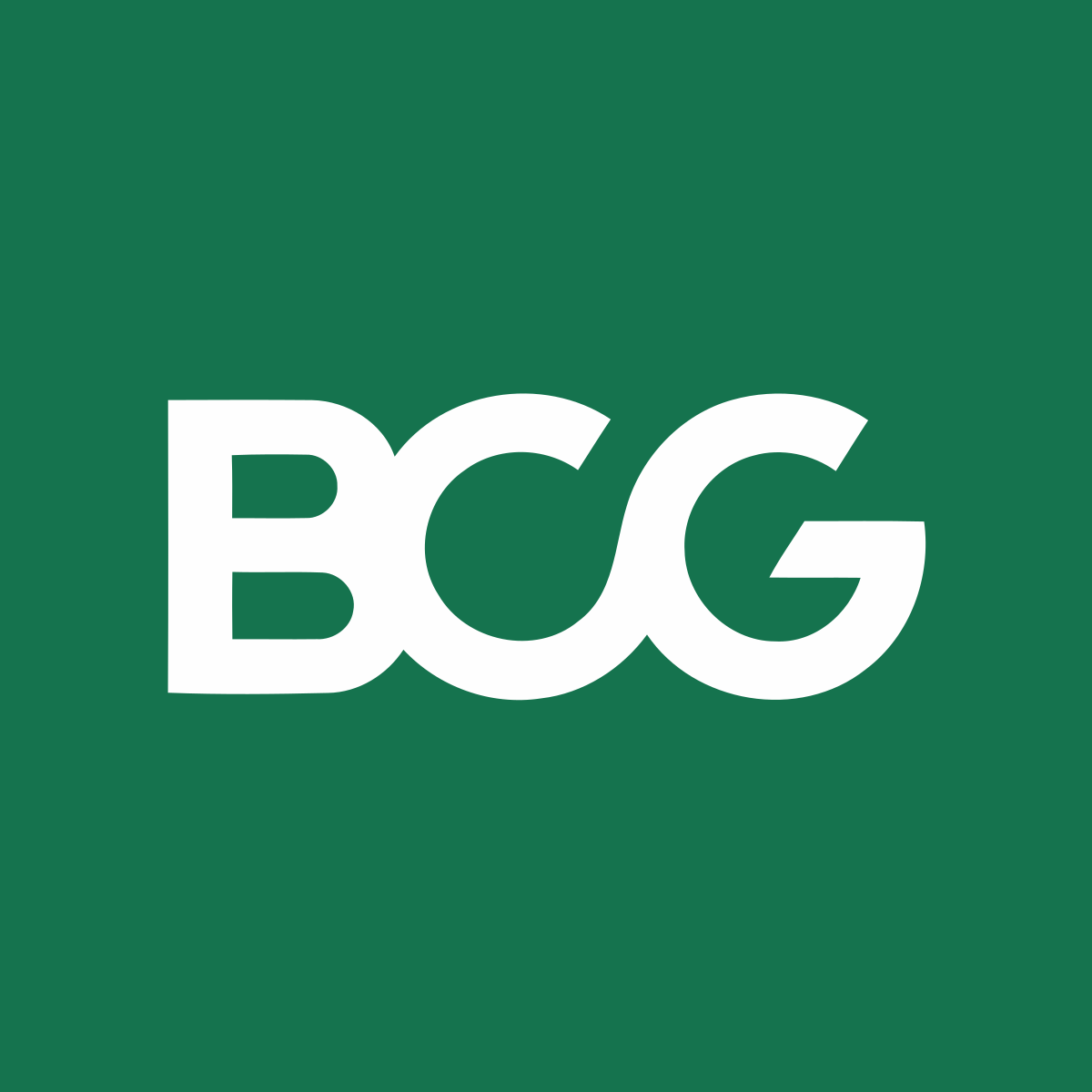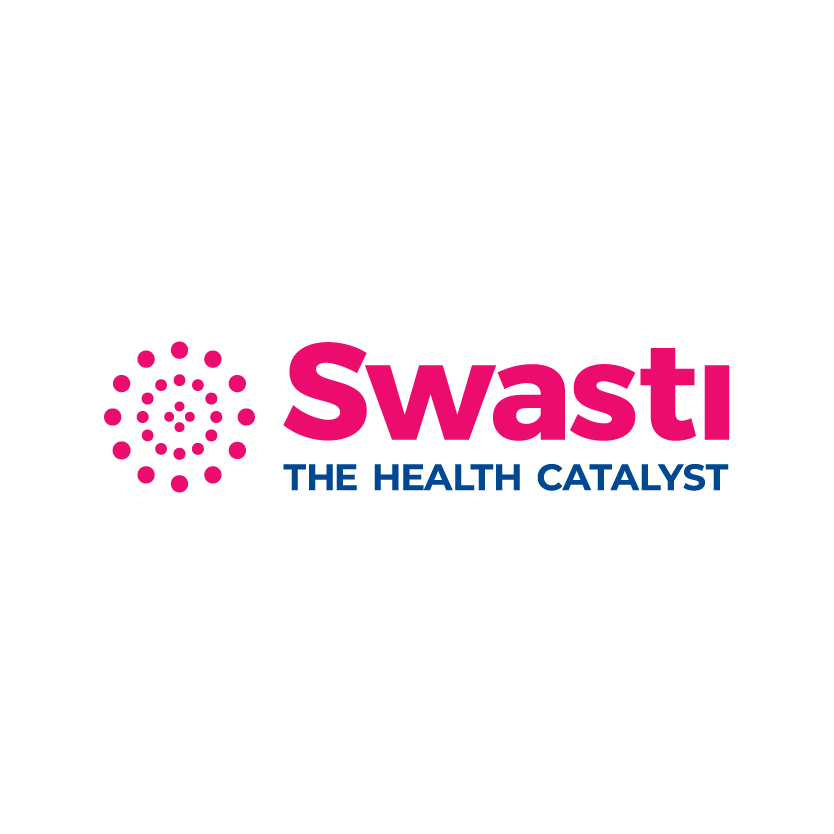

This section hosts guidelines, manuals and toolkits to strengthen public health practice.
Resources
FILTER
BY CATEGORY
View All
Reforming Central Government Health Scheme into a ‘Universal Health Coverage’ model
08 Dec 2022by RAKESH SARWAL 5 MIN
This year’s Universal Health Coverage Day theme “Build the World We Want: A Healthy Future for Ali"underscores the role and importance of health coverage in building a healthy future for all. Further, one of the priorities of the G20 health track includes a focus on Universal Health Coverage. Learning4impact is committed to share knowledge resources on public health program design, implementation, research and approaches that can be resourceful to program implementers, policymakers, frontline workers, researchers, academic institutions and students. Here are key insights from the article titled “Reforming Central Government Health Scheme into a ‘Universal Health Coverage’ model”.
This article is available at NITI Aayog’s portal and highlights various important aspects to reform CGHS into a UHC. Herein, UHC is defined as ‘ensuring that all people can use the promotive, preventive, curative, rehabilitative and palliative health services they need, of sufficient quality to be effective, while also ensuring that the use of these services does not expose the user to financial hardship”. The article highlights that the UHC will not be built afresh but by incremental changes in already functioning systems, it is crucial that these be systematically analyzed for their potential and gaps before suggesting reforms. Further, it is mentioned that there are four health schemes operated by the Central Government that assure a comprehensive package of services, including outpatient and inpatient care, tertiary care and prescription drugs, to its employees, pensioners and their families. These schemes, which cover 2.3 crore (23 million) families comprising 8.2 crore (82 million) persons (i.e. 6.5% of India’s population), are Central Government Health Scheme (CGHS) for civilian employees and pensioners, Retired Employees Liberalized Health Scheme (RELHS) and Railway Health Service, Ex-Servicemen Contributory Health Scheme (ECHS) for retired armed forces personnel and Employees’ State Insurance Scheme (ESI) for workers and their families in the organized sector with an annual income of INR 1.8 lakh (INR 180,000) or less.
The article mentions that it is well known that health systems focused on strong primary healthcare deliver better population health outcomes at lower cost. Yet, CGHS dispensaries do not provide comprehensive primary care services, even for national programs such as AIDS, mental health, cancer, deafness, tuberculosis, leprosy, blindness or tobacco control. Health education, screening and other preventive and promotive services are not offered as a routine……To provide comprehensive primary care and patient-centered family care, health teams in CGHS dispensaries would have to be supplemented, trained, motivated and incentivized.
The aforesaid article focuses on “How does the Central Government Health Scheme (CGHS) stand up to the goals and global experience of UHC, and what can be done to make it a model?” and may be referred to by clicking the link.
Related File :
07281MSFINAL_6673999149.pdfCategories
Research

 EXPLORE DATA
EXPLORE DATA 



























